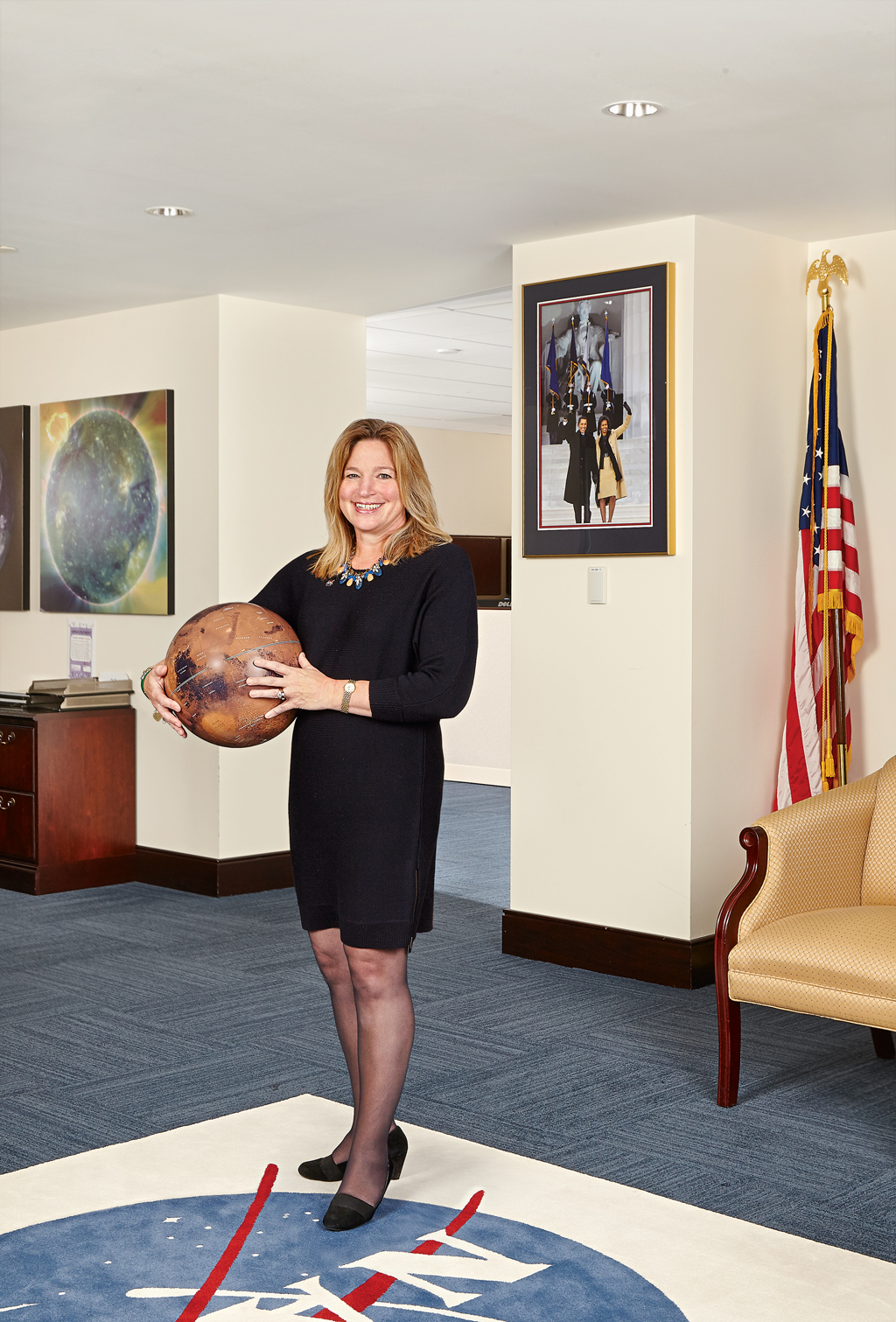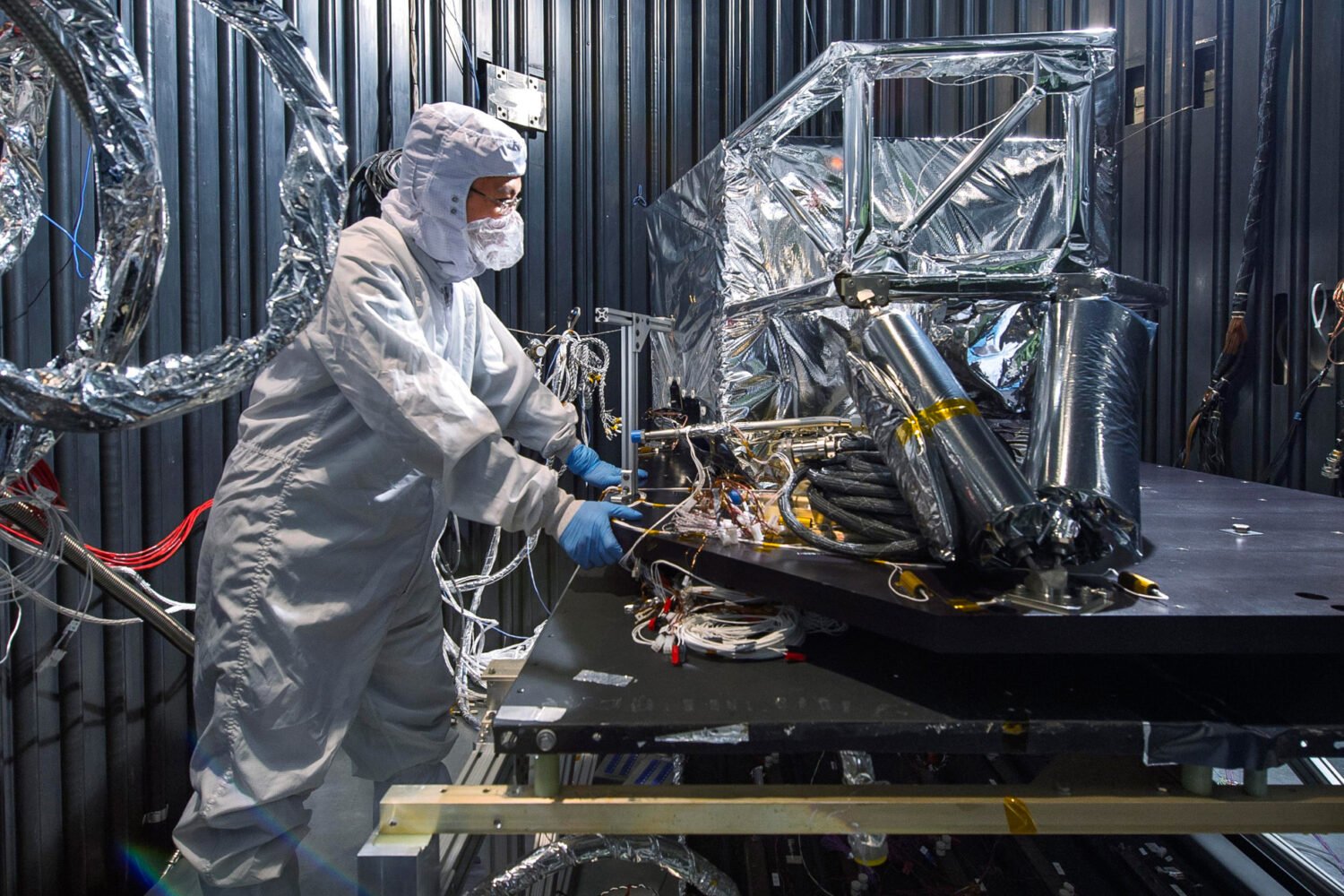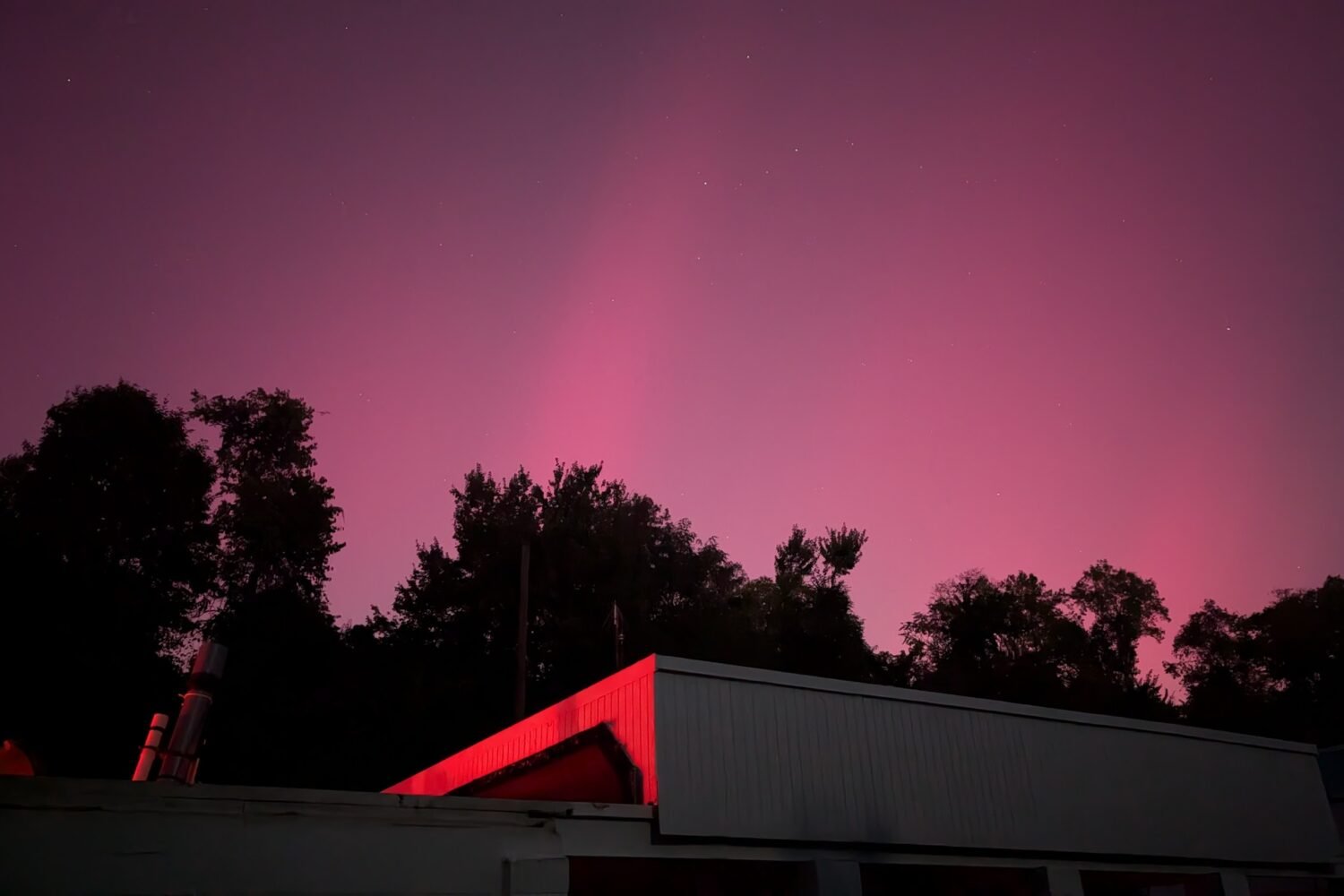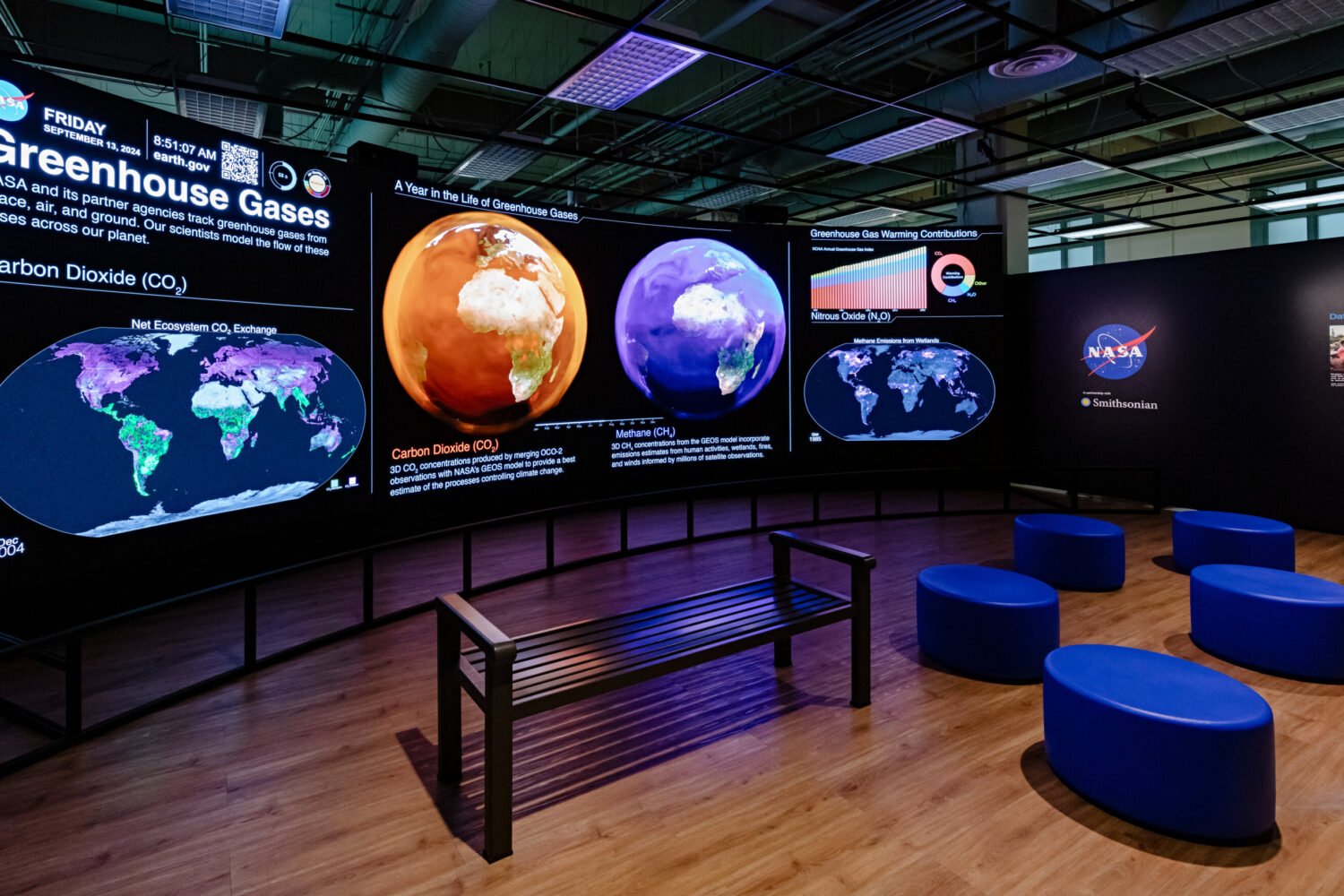For someone who spends her days pushing to get humans to Mars by the 2030s—or makes headlines, as she did recently, by predicting we’ll discover alien life in the universe before then—Ellen Stofan, NASA’s chief scientist, is decidedly earthbound. She plans, she decides policy, and she advises her boss, NASA administrator Charlie Bolden. But unlike Bolden, she’s never been in space.
There’s a reason. When Stofan was four, her father brought her to watch a rocket launch. The rocket blew up on the pad. “Nobody was onboard,” she recalled recently in her glass-walled office overlooking Southwest DC. “But it was probably then that I said, ‘Being an astronaut is just not for me.’ ”
Instead, Stofan became a field geologist, getting her degrees at William & Mary and Brown before spending almost a decade at NASA’s Jet Propulsion Laboratory in California—it turned out that the rocks Stofan likes to study happen to be on Venus or Saturn. She helped send the spacecraft Cassini to orbit Saturn’s rings and has made radar soundings of substrata on Mars. After working part-time in the private sector while raising her family, she returned to NASA as chief scientist in 2013.
We spoke to Stofan about being a woman in science, her take on The Martian, and how NASA has changed since that day at the launch pad.
Your father was an engineer in the ’60s at what’s now NASA’s Glenn Research Center in Cleveland, and later became director. Lately, we’re hearing that the US space program isn’t as ambitious as it was when it was sending men to the moon. Do you see a difference?
Not at all. I’m not disagreeing that the perception is out there. I’ve studied Titan, one of Saturn’s moons, which has seas of basically gasoline at its north pole. How do we know that? Because an amazing spacecraft has been exploring Saturn—a program we did with the European Space Agency.
We’re exploring the solar system every day. We’re unraveling secrets about this planet, about climate change. We’re getting ready to send people to Mars. Yet we’re perceived as being more mundane.
So the science just doesn’t look as ambitious.
The fact that we could go to Pluto, and by the time we got there, after 9½ years, we were within meters of where we wanted the spacecraft to be, relative to the planet—that’s amazing. My frustration is that people say, “Oh, yeah, we had a spacecraft at Pluto.” No, wait! We had a spacecraft at Pluto!
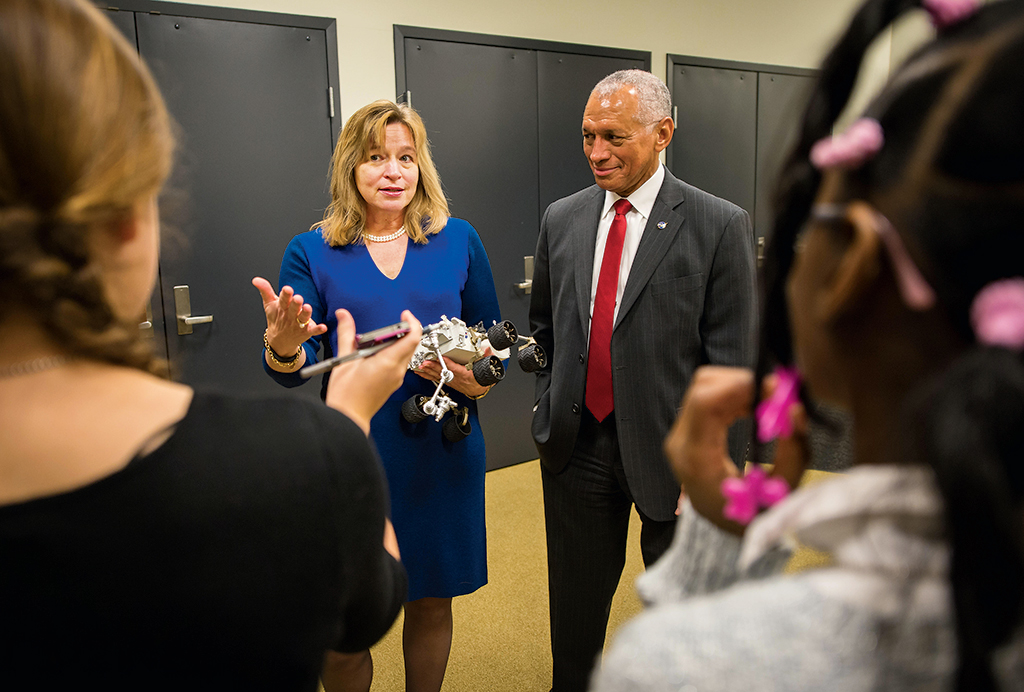
In the recent movie The Martian, NASA mistakenly leaves a man on Mars. Gravity, another space movie, was also about things going wrong. Americans are dazzled by big science, but these days we seem to mistrust it.
Well, look at Apollo 13, which actually happened. No matter how amazing we make these machines that can do amazing things, it’s human ingenuity that accomplishes things—a person with a good idea in an office working hard, a team of people working together. That’s what I loved about The Martian—it shows that spirit that got the Apollo 13 astronauts home safely. It’s what’s helping us go to Mars. We work with what we have out there.
Others ask, on the other hand, why send humans to a forbidding atmosphere like Mars? Can’t robots do it?
Robots are slow. They can’t make those split-second decisions humans can—split a rock, toss it down, pick up another one, say, “Okay, wait a minute, that thing in the distance—I’m going to go over there and look at it.”
We’ve had our Opportunity rover on Mars for about 12 years. It might have gone 26 miles. Two humans can do what Curiosity, which is much more advanced, did in three or four days. Humans are so much more flexible, more creative, more mobile.
But isn’t it much harder to get a human there and back?
It is hard. It’s a bold endeavor. When a country invests in doing big, hard things, there’s an incredible return. You’re pushing technology, you’re pushing American industry. That puts us forward as a society.
Is human endeavor also an easier sell in Congress?
I wouldn’t say so. They want to know why we’re spending this way and if this is going to get us there. Those are legitimate questions. But both Congress and the administration have been extremely supportive of both human space flight and robotic exploration. They see the complementary nature of both.
So this is going to happen.
So far, we haven’t found any showstoppers. If it seems like it’s going to be too expensive, the time frame may accordion a little, but we hope not. To me, it’s staying focused, and that takes not just NASA but our stakeholders. People say to me, “We’ve been hearing we’re going to Mars in 20 years for 20 years.” What’s different is this vibrant international space community and the private commercial partners who really want to see this happen.
To what degree will it be commercial?
We haven’t figured that out yet. We’ll know more over the next five years whether it’s private industry or our international partners. We don’t have details yet for our partners to say, “I want that piece or that chunk.” But I think it’s going to be significant.
So it could say SpaceX on the side of whatever lands on Mars? Or McDonald’s?
You don’t want to do something too commercial. Partnering with the commercial sector is something we’re learning how to do. I travel a lot, speaking to universities and high schools around the world. It makes you so respectful of what an international brand NASA is. People all around the world are watching.
At the same time, NASA’s starting to think about the day where we’ll say, “Let’s move the definition of a global market from the surface to low Earth orbit.” [SpaceX CEO] Elon Musk talks about moving the commercial market out to Mars—I’m a little slower on that one. But that’s where we’re going with the commercial sector. We need help if we’re going to accomplish the things we want to do.
Again, because Congress will want to curb spending?
We get incredible bipartisan support, and that’s been true for quite a long time. Now, the devil is in the details. The administration has been very strong on pushing commercial crew so we can return to launching astronauts from US soil. We contracted with Boeing and SpaceX to start doing that as early as 2017, but Congress keeps cutting our funding. So we’ve already announced that we’re going to have to buy more seats from the Russians. NASA doesn’t like that. The administration doesn’t like it.
Is it strange to be cooperating with Russia in space while we’re clashing here on Earth? Do you talk often with your Russian counterparts?
I do. Both sides are anxious to keep the relationship in a place it is right now, and they are great partners. The two countries have always used science as a way to keep some lines of communication open.
It’s funny, I did my PhD dissertation using Russian data on Venus in 1984—also a time when Russia and the US were not getting along. Lately, the space station has been able to serve that purpose.
You’re just the fourth woman to be NASA’s chief scientist. Are you surprised you’re sitting here?
Our new deputy administrator, Dava Newman, is a woman. Our deputy associate administrator, Lesa Roe, is also a woman. But we still have a ways to go. It’s not about “Oh, we’re 50 percent of the population, so we should get 50 percent of the jobs.” Science has got tough problems to solve, whether it’s climate change or trying to land humans on Mars, and we need everybody to help. If you’re a man or a woman or any underrepresented group, we need you.
What has to change?
The problem is it’s a leaky pipeline. You can get girls to feel they belong in science at 13 years old, but they have to keep feeling that way. We need teachers and parents to encourage them. We need the magazines they pick up and TV shows to portray women favorably as scientists or engineers. When they go to university, if they see women as only 15 percent of the faculty, they are going to think: Do I really belong here?
Even during their career, when women are more likely to leave because they are caregivers, how do we make sure they are getting the support they need? If they leave the workforce, how can we make it easier for them to come back?
I worked part-time for more than 15 years while my kids were little, and now I’m back full-time. Lots of women should have that flexibility to alter their career a little depending on their phase of life.
Even astronauts?
We have a good friend who’s an astronaut who flew when her son was little. It is hard, but no harder than it is for a man. You’re still leaving your family behind, and you’re doing something that has inherent risk.
You just want to do your job. You don’t want to be judged on the color of your skin or whether you’re a man or a woman. You want to be judged on your work.
Senior editor Paul O’Donnell can be reached at podonnell@washingtonian.com.
This article appears in the January 2016 issue of Washingtonian.

